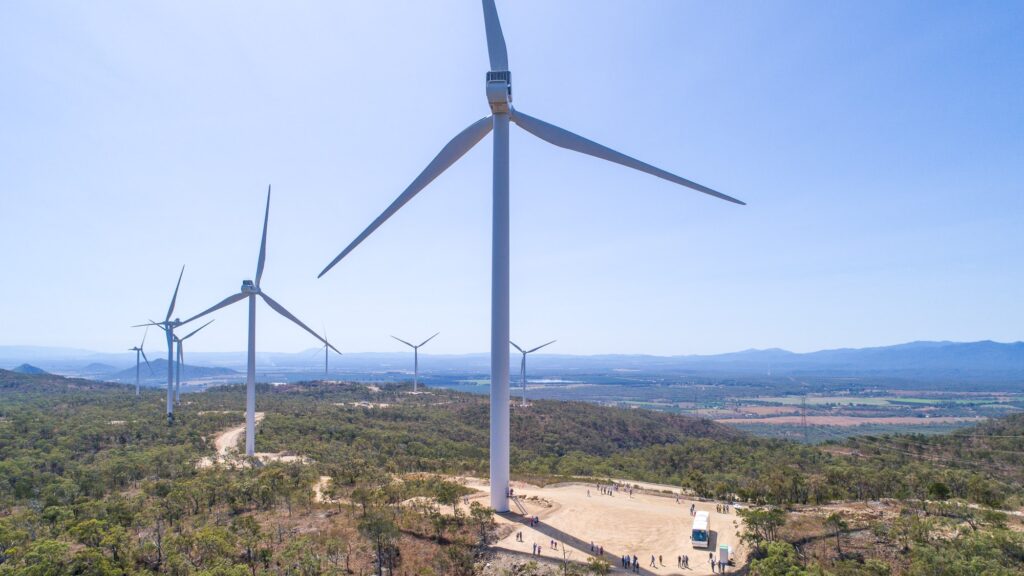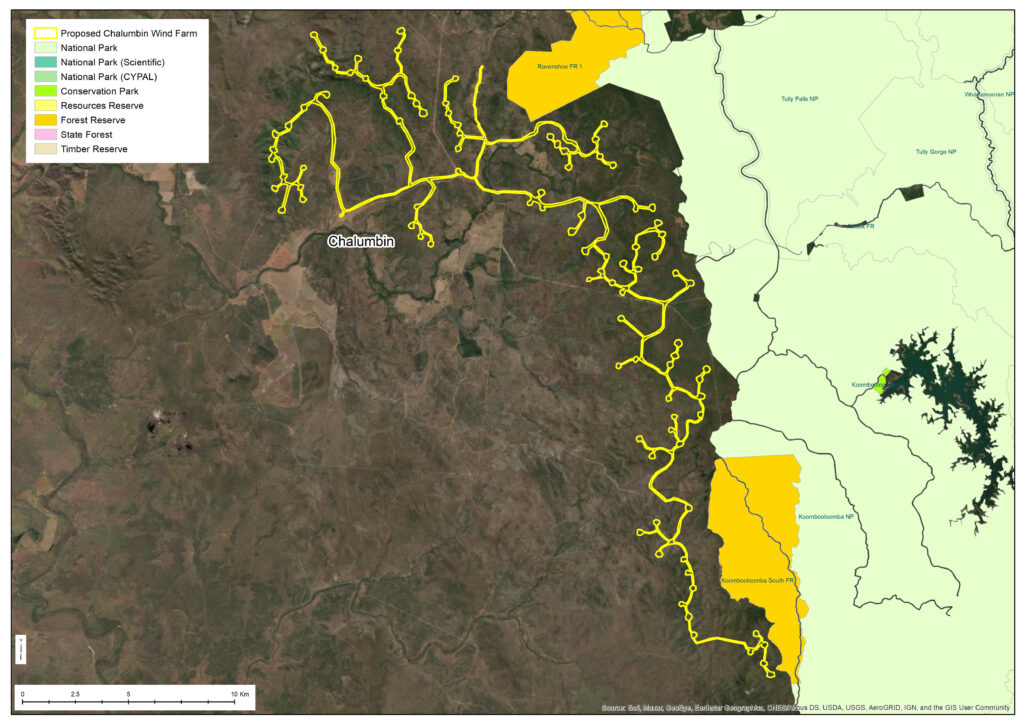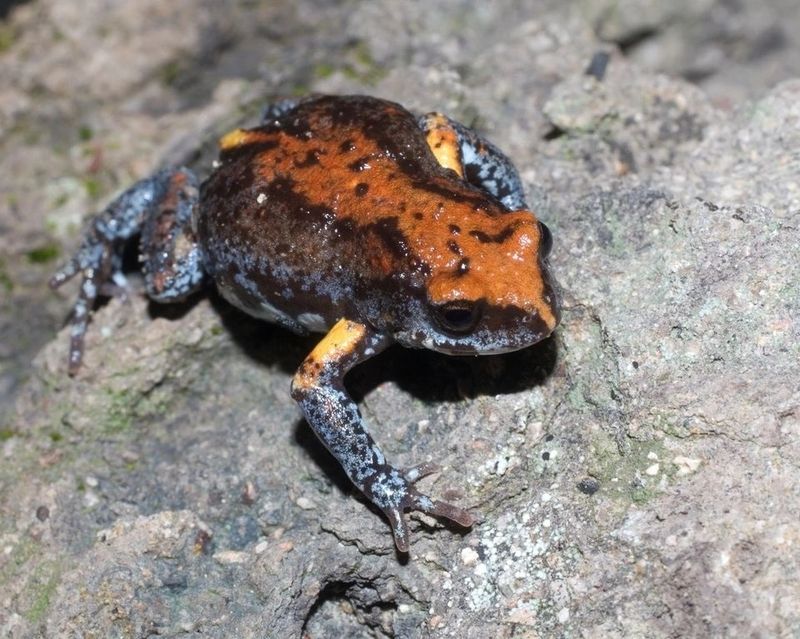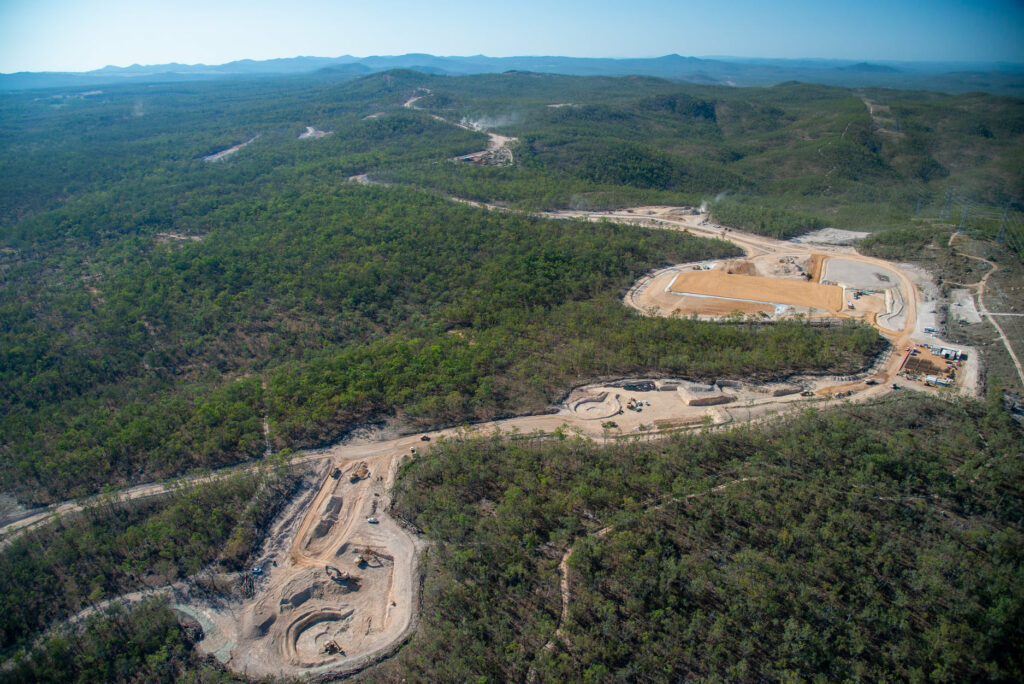Setback for wind farm as QLD Govt issues a ‘please explain’ on ecological impact
Suellen Hinde - Queensland Editor |

A proposed wind farm in Far North Queensland has hit a stumbling block after failing to provide enough information for the development to be properly assessed.
The project, known as the Chalumbin Wind Farm, is located in northern Queensland, approximately 15 km south of Ravenshoe and 65 km south-west of Innisfail.
It involves building 94 wind turbines on a site located less than 800 metres from the boundary of the Wet Tropics World Heritage area and Tully Falls National Park.

Developers Epuron state the proposal will require the clearing of approximately 1,132 hectares of land in the region.
Opponents to the development, a community group known as Stop Chalumbin Wind Farm, have been raising concerns about adverse impacts on wildlife and flora in “pristine forest”.
Community members are concerned about any impact on wildlife such as the Northern Greater Glider, a gliding marsupial and the Magnificent Brood Frog, both vulnerable species and endemic to North Queensland.

Epuron lodged a development application and accompanying assessment reports with the Queensland Government in December 2021.
But the State Assessment and Referral Agency (SARA) wrote to Epuron on February 14 stating information necessary to assess its application against the State Development Assessment Provisions (SDAP) has not been provided.
The agency’s letter raises concerns about the project’s footprint on an area of high ecological value and the impact on watercourses in what is a highly sensitive catchment area.

“The application material does not adequately demonstrate how the siting, design and operation of the wind farm would avoid adverse impacts on areas of high to very high ecological value having regard to flora, fauna and ecological process and minimise impacts on all other areas of high ecological value,” it reads.
“The project footprint impacts numerous watercourses that are part of, or feed into, highly sensitive catchments. The information provided does not adequately demonstrate how the proposed wind farm, particularly through its construction phase, would avoid unacceptable levels of impact, through vegetation clearing and civil works, associated with the crossing of sensitive watercourses and minimise impacts downstream.
“Due to the sensitive location of the project footprint, detailed information is required to demonstrate how waterways, drainage features and the wider catchment will be affected through proposed crossings and ongoing operations. This analysis needs to have regard to localised climatic conditions including the area’s extremely high annual rainfalls.
“The application material indicates that clearing will reduce vegetation widths to less than 200m. On this basis, insufficient vegetation would be retained to maintain ecological processes.”
Anthony Russo, Epuron General Manager Development for Queensland said the request for more information was a standard part of the process.
“Epuron will respond to any requests for further information and once SARA is comfortable with the DA and accompanying assessments it will then proceed to make a decision”.
The developers have been given until May 2022 to respond.



